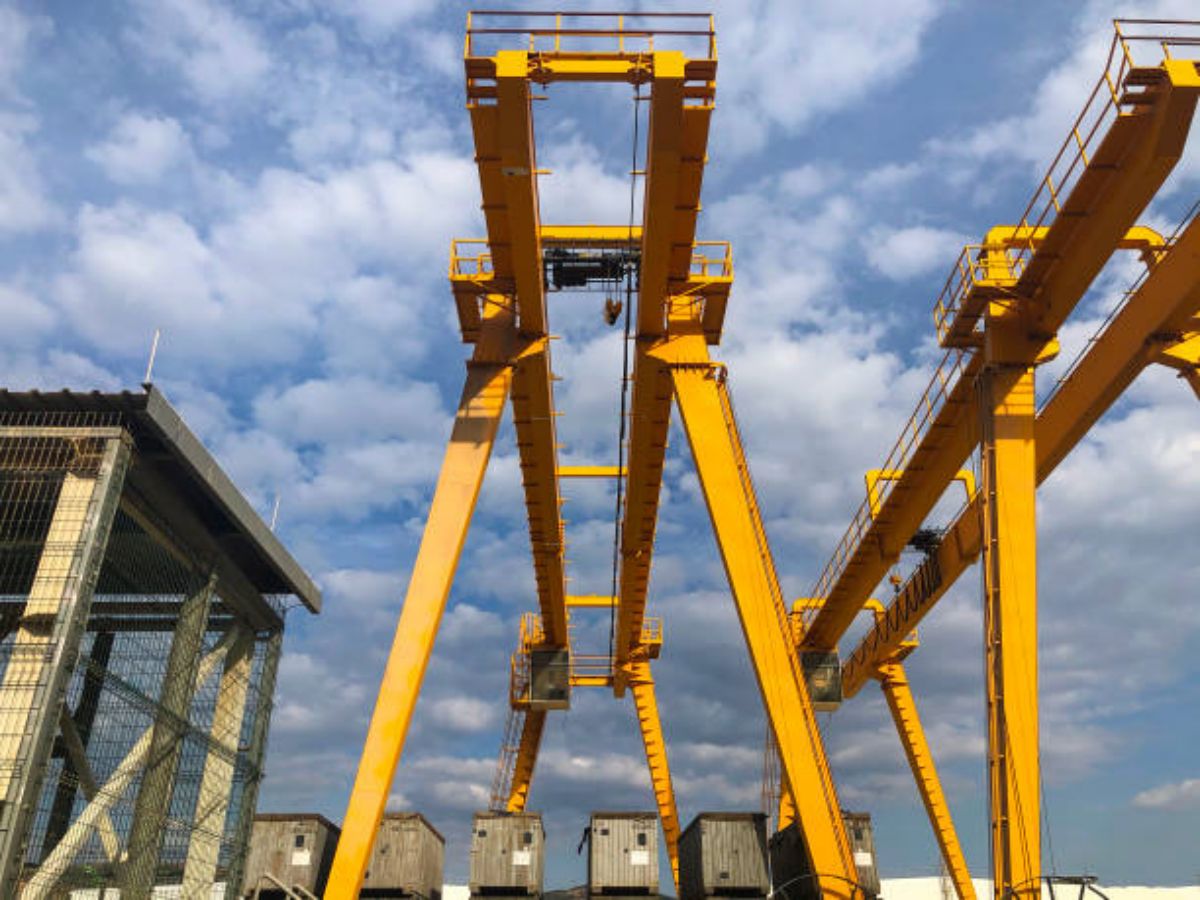Maintaining Anode Carbon Overhead Cranes: Tips for Longevity and Reliability
1. Understanding the Importance of Anode Carbon Overhead Cranes
Anode carbon overhead cranes play a crucial role in the aluminum smelting industry. These heavy-duty cranes are specifically designed to handle the movement and positioning of anode carbon blocks, which are essential components in the electrolytic cells used for aluminum production. As such, maintaining the optimal performance and reliability of these cranes is of utmost importance to ensure smooth and uninterrupted operations.
2. Regular Inspection and Preventive Maintenance
One of the key aspects of maintaining anode carbon overhead cranes is conducting regular inspections and implementing a preventive maintenance program. This includes visual inspections of critical components such as wire ropes, hooks, and lifting mechanisms to identify any signs of wear and tear or potential issues. Regular lubrication and greasing of moving parts should also be carried out to reduce friction and prevent premature failure.
3. Proper Training for Operators
Ensuring that crane operators are properly trained is essential for the longevity and reliability of anode carbon overhead cranes. Operators should be well-versed in the safe operation of the cranes and have a thorough understanding of the equipment's capabilities and limitations. Regular refresher training sessions should be conducted to keep operators up to date with the latest safety procedures and best practices.
4. Load Capacity and Weight Distribution
Understanding the load capacity and weight distribution limits of anode carbon overhead cranes is crucial to prevent overloading and potential accidents. It is important to carefully calculate the weight of the anode carbon blocks and ensure that the crane's lifting capacity is not exceeded. Proper weight distribution is also essential to maintain stability and prevent any imbalance that may affect the crane's performance.
5. Regular Testing and Calibration
Regular testing and calibration of the crane's load sensors and safety systems are necessary to ensure accurate weight measurements and reliable operation. Load cells and other measuring devices should be periodically checked and calibrated to maintain their accuracy. This helps prevent potential accidents and ensures the longevity of the crane by avoiding unnecessary stress on its components.
6. Prompt Repair and Replacement of Faulty Components
Any signs of component wear, damage, or malfunction should be promptly addressed to prevent further deterioration and potential breakdowns. It is crucial to have a well-stocked inventory of spare parts and a reliable maintenance team that can quickly respond to repair or replace faulty components. Regularly replacing worn-out parts, such as wire ropes or hooks, can significantly extend the lifespan of anode carbon overhead cranes.
7. Environmental Considerations
Anode carbon overhead cranes are often used in harsh environments, such as aluminum smelting plants, where they are exposed to high temperatures, corrosive substances, and dust. Regular cleaning and inspection of the cranes are essential to remove any accumulated debris or substances that may affect their performance. Protective coatings or materials can also be applied to vulnerable components to enhance their resistance to corrosion.
8. Regular Documentation of Maintenance Activities
Maintaining a comprehensive record of all maintenance activities, including inspections, repairs, and replacements, is essential for tracking the history of the cranes and identifying any recurring issues. This documentation can also serve as a valuable resource for future maintenance planning and decision-making. Digital maintenance management systems can be utilized to streamline the documentation process and ensure easy access to maintenance records.
9. Collaboration with Manufacturers and Suppliers
Establishing a collaborative relationship with the manufacturers and suppliers of anode carbon overhead cranes can provide valuable support and expertise. Manufacturers can offer guidance on best practices for maintenance and provide technical assistance when needed. Suppliers can ensure a steady supply of quality spare parts and components, reducing downtime and the risk of using substandard replacement parts.
10. Continuous Improvement and Upgrades
Lastly, to ensure the longevity and reliability of anode carbon overhead cranes, it is important to continuously strive for improvement and consider upgrades when necessary. Keeping up with technological advancements and industry standards can help optimize crane performance and enhance safety. Regularly reviewing and updating maintenance procedures and practices based on lessons learned and feedback from operators can contribute to the overall efficiency and reliability of the cranes.

